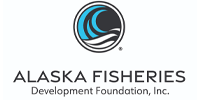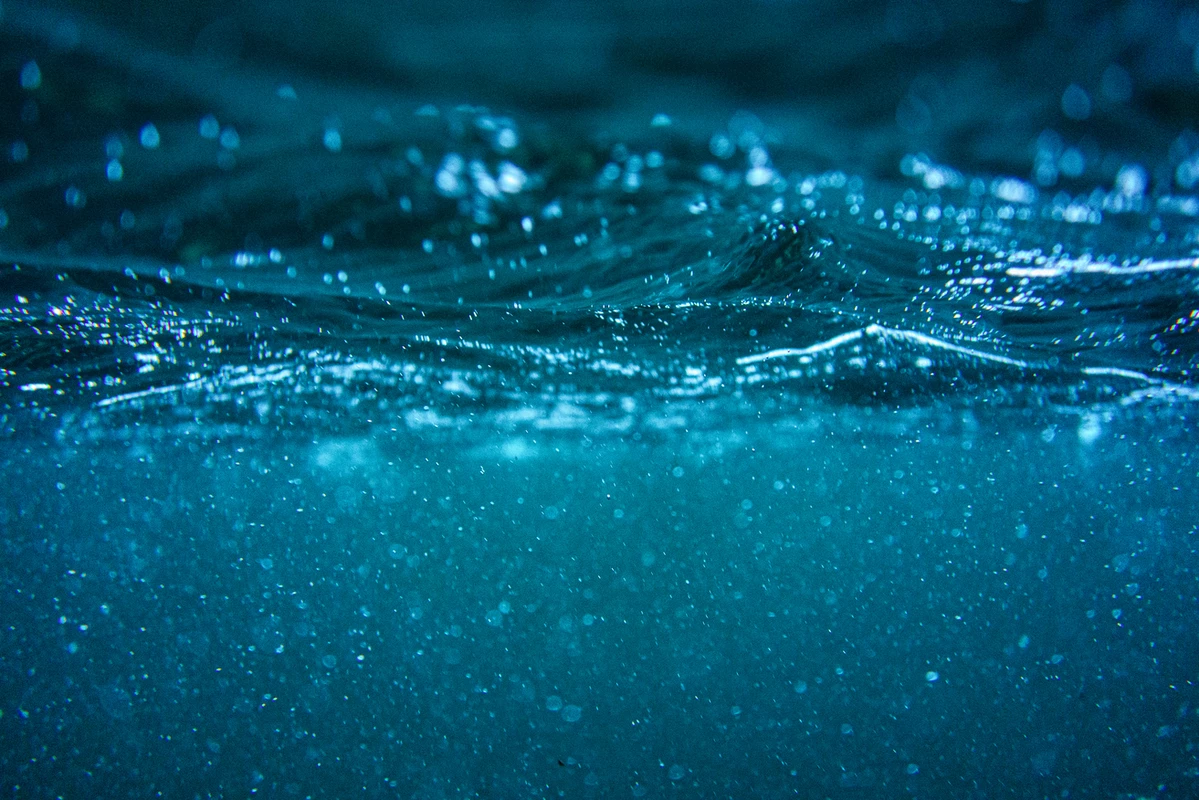Project Overview
Sea Quester Farms aims to further develop food-grade, commercially viable bull kelp cultivation techniques through trials conducted at our farm site near Juneau, AK. The proposed experiment aims to compare two factors: the growth of bull kelp on a surface array (tethered to the surface) versus a benthic array (tethered to the seafloor), and the growth of bull kelp on grow lines based on continuous seed spacing versus interval seed spacing. Working collaboratively with farmers at the Native Conservancy, representatives at Spruce Root, and other Sustainable Southeast Partnership communities, the project partners will disseminate the results obtained from this study. In the wild, bull kelp grows attached to rocks on the seafloor. Bull kelp does not tend to cover the seafloor like it covers a seed line, but rather, it grows in numerous small groups. The use of suspended arrays and dense seed lines have proven to be problematic and costly for commercial farms attempting to scale bull kelp production in Alaska. By spacing the growth on the seed line and using an array tether to the seafloor, we believe we can closely simulate bull kelp’s natural growing conditions.
Interim Report
The current methods for bull kelp cultivation are economically inefficient and do not produce fronds of comparable size and quality to wild bull kelp, hindering the industry’s growth potential. Sea Quester Farms aimed to develop and refine cultivation techniques by experimenting with surface and benthic arrays and evaluating the impact of different seeding methods on kelp growth. The team has successfully installed all surface and benthic arrays, collected data, and harvested the bull kelp. Preliminary results show that surface arrays are susceptible to wave action and sun bleaching, indicating a need to adjust array depths and grow line materials for improved durability. Benthic arrays appear to better support natural growth conditions, though maintaining consistent depths is challenging due to seafloor undulations, leading to plans for a precise depth control system using screw anchors and pulleys. Additionally, trials with different seeding techniques have underscored the importance of spacing for optimal bull kelp growth, prompting plans to increase seed spacing in future trials. Data analysis is ongoing, and final results will be shared through a comprehensive report and webinars to disseminate best practices and update the cultivation guide for wider use among kelp farmers.
Additional Information
We are pleased to report that we are ahead of schedule and expect to complete our current scope of work by the planned end date. We also foresee utilizing all of our awarded funds as planned.
Final Report

